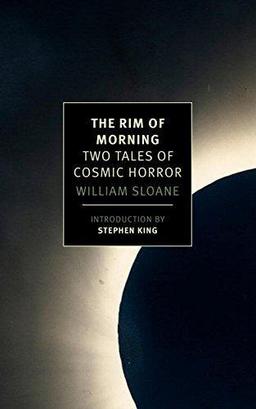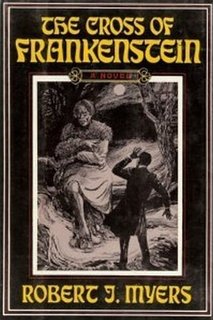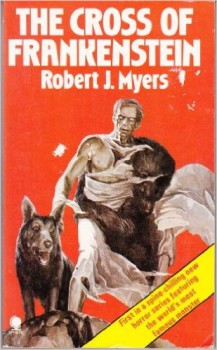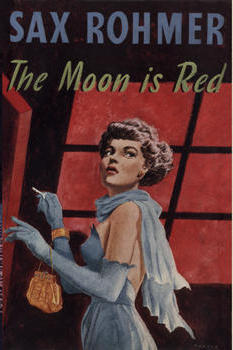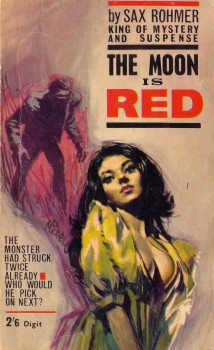December Short Story Roundup
 It’s time for the last roundup of stories from 2015. The year went out in fine fashion. For the second time in only a few months Beneath Ceaseless Skies published a batch of good heroic fantasy. And while we’re in that interim between new issues of of both Heroic Fantasy Quarterly and Grimdark Magazine, genre stalwart Swords and Sorcery Magazine made its regular monthly appearance bearing a pair of new tales.
It’s time for the last roundup of stories from 2015. The year went out in fine fashion. For the second time in only a few months Beneath Ceaseless Skies published a batch of good heroic fantasy. And while we’re in that interim between new issues of of both Heroic Fantasy Quarterly and Grimdark Magazine, genre stalwart Swords and Sorcery Magazine made its regular monthly appearance bearing a pair of new tales.
Before I get into the reviews, I thought I’d say a little about why I’ve made it a major part of my writing to review and publicize S&S short stories. While there have been good S&S novels (REH’s The Hour of the Dragon), okay ones (KEW’s Darkness Weaves), and bad ones (Lin Carter’s Thongor and the Wizard of Lemuria), the beating heart of the genre has always been short stories. From that opening blast of thunder in REH’s “The Shadow Kingdom” — and through the decades in the works of authors as diverse as C.L. Moore, Fritz Leiber, Michael Moorcock, and Charles Saunders — it’s been in short stories that the genre’s been best displayed.
The hallmarks of swords & sorcery are adventure, dark fantasy, horror, and a narrow focus on only a few characters, bound together in a narrative that reads like a shot of mainlined adrenaline. In the very best stories — KEW’s “Reflections for the Winter of My Soul,” for example — they’re all present. Not that there can’t be structural complexity, finely detailed characters, or exquisitely tooled prose, but it must be exciting. Detours into side-plots, passages meticulously describing feasts, too many secondary and tertiary characters all put brakes on the action. Limited to fifteen or thirty pages, the focus is on the protagonist and his or her immediate situation.

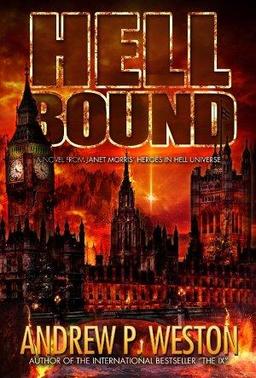

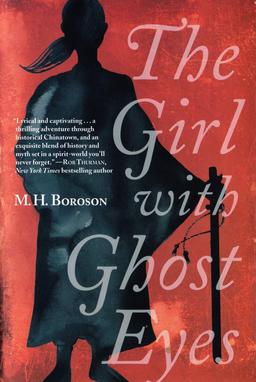
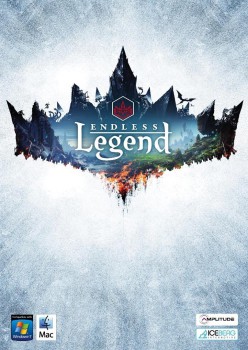 My first experience with 4x gaming (“eXplore, eXpand, eXploit, and eXterminate”) was a 1989 fantasy game called Warlords. I have many fond memories of the Orcs of Kor and super-mobile wizards and played the bits out of it for about a year, in fact the game probably holds some kind of personal record for cost per hour in gaming in fractions of pennies. I’ve played them off and on ever since, and settled into being a solid Sid Meier fan sometime around Civ III. I’ve played just about everything he’s put out since. Frankly, he’s the king of 4x.
My first experience with 4x gaming (“eXplore, eXpand, eXploit, and eXterminate”) was a 1989 fantasy game called Warlords. I have many fond memories of the Orcs of Kor and super-mobile wizards and played the bits out of it for about a year, in fact the game probably holds some kind of personal record for cost per hour in gaming in fractions of pennies. I’ve played them off and on ever since, and settled into being a solid Sid Meier fan sometime around Civ III. I’ve played just about everything he’s put out since. Frankly, he’s the king of 4x.